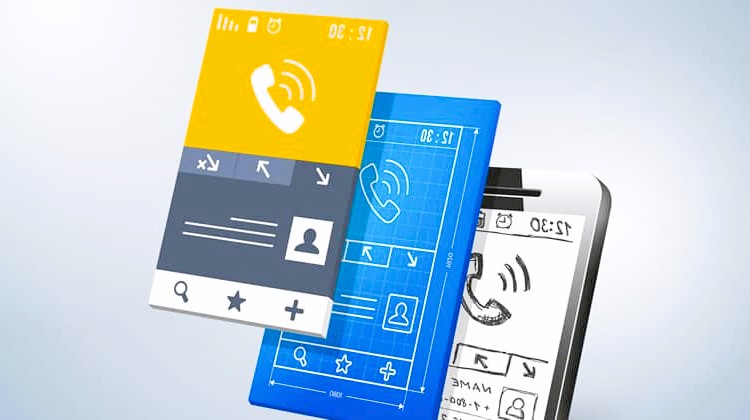In the rapidly evolving landscape of technology, the design of mobile app interfaces has witnessed a transformative journey. From the early days of simple, static interfaces to the current era of immersive and intuitive designs, the evolution of mobile app interfaces reflects the dynamic nature of user expectations, technological advancements, and design trends.
1. The Dawn of Mobile Interfaces
The inception of mobile interfaces can be traced back to the late 1990s and early 2000s when mobile phones began incorporating basic applications. At this stage, interfaces were rudimentary, primarily consisting of static screens with limited functionality. The design emphasis was on functionality rather than aesthetics, given the limitations of early mobile devices.
2. The Rise of Touchscreens and Gestures

The introduction of touchscreens marked a significant turning point in mobile interface design. Devices like the iPhone, released in 2007, revolutionized the way users interacted with their phones. Touchscreens allowed for more natural and tactile interactions, paving the way for the integration of gestures. Swipe, pinch, and tap gestures became integral to user experiences, providing a more dynamic and engaging interface.
3. Flat Design Era
As mobile devices became more powerful, designers began to explore minimalistic and flat design principles. This design era, popularized by companies like Apple and Microsoft, emphasized simplicity, clean lines, and vibrant colors. Flat design aimed to enhance usability by reducing visual clutter and promoting straightforward navigation. This shift towards simplicity also had performance benefits, as streamlined interfaces consumed fewer system resources. Do you like our articles? We recommend that you familiarize yourself with Game Monetization Strategies.
4. Material Design and Skeuomorphism
Google’s introduction of Material Design in 2014 brought a new paradigm to mobile interface design. Material Design focused on creating a tactile and realistic user experience through subtle shadows, depth, and animations. Simultaneously, the industry saw a revival of skeuomorphism, where elements imitated their real-world counterparts. This duality in design approaches allowed for diverse aesthetics and catered to different user preferences.
5. Adaptive and Responsive Design
The increasing diversity of devices, including smartphones, tablets, and wearables, prompted the adoption of adaptive and responsive design principles. Designers began creating interfaces that could seamlessly adapt to various screen sizes and resolutions, ensuring a consistent user experience across different devices. This approach became essential as users expected continuity when transitioning between their smartphones and tablets.
6. Integration of Augmented Reality (AR) and Virtual Reality (VR)
The integration of AR and VR technologies into mobile interfaces opened up new possibilities for immersive user experiences. AR features overlay digital information onto the real world through the device’s camera, while VR creates entirely virtual environments. This evolution pushed designers to think beyond the confines of traditional screens, exploring new ways to blend the physical and digital worlds seamlessly.
7. Personalization and Customization

In recent years, there has been a growing emphasis on personalization and customization in mobile app interfaces. Users now expect interfaces that adapt to their preferences, allowing them to tailor the appearance and functionality of apps. Designers leverage user data to create personalized experiences, enhancing user engagement and satisfaction.
8. The Future: Voice and Gesture Control
Looking ahead, the future of mobile app interfaces seems to be heading towards more intuitive and hands-free interactions. Voice and gesture control technologies are gaining traction, allowing users to navigate interfaces without physical touch. As these technologies mature, designers will face the challenge of creating interfaces that seamlessly integrate voice and gesture controls while maintaining a high level of usability.
In conclusion, the evolution of mobile app interfaces reflects a continuous pursuit of improved user experiences, driven by technological innovations and changing user expectations. Designers must remain adaptable and responsive to emerging trends, ensuring that mobile interfaces not only meet the functional needs of users but also delight them with visually appealing and user-friendly designs.
For more information on standardization in mobile app interfaces, you can visit the Wikipedia page on Interface Guidelines.




